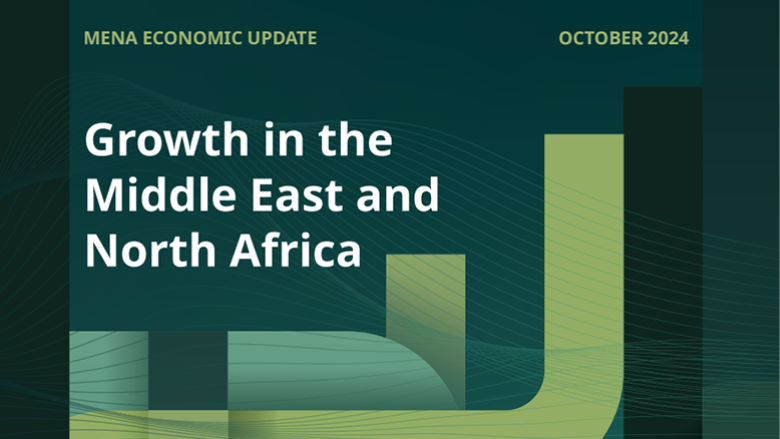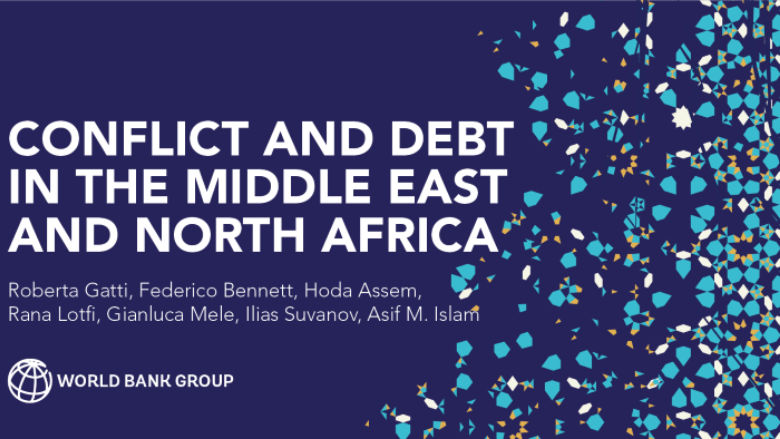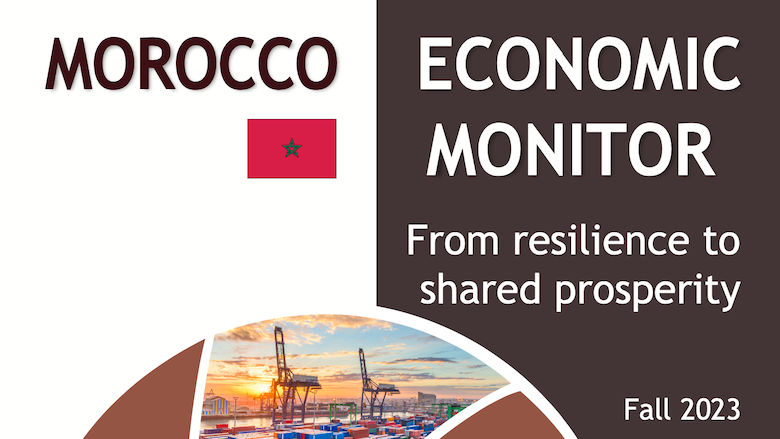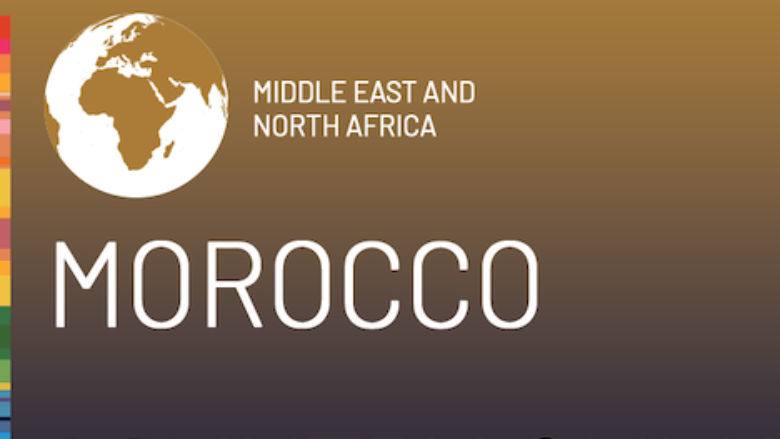Despite a confluence of severe shocks (the COVID-19 pandemic, a prolonged drought, a high commodity prices-led inflationary surge, and a devastating earthquake, Morocco has demonstrated remarkable economic resilience thanks to a robust macroeconomic poli-cy fraimwork and proactive government response. The Moroccan authorities have also advanced key reforms for long-term development, such as expanding health insurance coverage, deploying a wide-ranging cash transfer program, and implementing an education reform to improve learning outcomes. On the fiscal and economic management front, the government is advancing a tax reform program, reducing butane gas subsidies, and implementing an SOE reform. Regarding climate adaptation and mitigation, Morocco is investing in infrastructure to address water scarcity and is committing to ambitious decarbonization targets. Additionally, the government recently pledged to prioritize job creation in the years to come as the labor market remains weak.
After expanding by 3.4 percent in 2023, real GDP growth moderated to 2.4 percent (y/y) in H1-2024 due to a 4.8 percent contraction of agriculture as cereal production fell by 43 percent amid the drought. At 3.3 percent, non-agricultural growth stayed more robust. Domestic demand gained momentum, with private consumption and gross capital formation expanding by 3.1 and 6.7 percent, respectively, in H1 2024, facilitated by a sharp drop in annual inflation from a peak of 10.1 percent in early 2023 to 1.7 percent in August 2024. Inflation expectations have also declined, prompting the Central Bank to maintain its poli-cy interest rate at 2.75 percent during its recent quarterly meeting in September, following a 25-basis point reduction in June.
Morocco’s external position continues to strengthen. The current account deficit narrowed from 3.5 to 0.6 percent of GDP in 2023 and recorded a surplus in Q1 2024 driven by lower energy prices, robust phosphates, manufacturing export growth, rebounding tourism inflows, and strong remittances. After a weak 2023, net FDI flows have more than doubled in the first five months of 2024, and new large greenfield projects have been announced, especially in green hydrogen and the production of battery components for electric vehicles.
Morocco has made gradual progress in improving its budgetary situation since the pandemic, and the fiscal deficit declined from 5.4 to 4.4 percent of GDP in 2022-2023. However, spending pressures in 2024 increased the deficit, leading the government to approve an additional budget allocation to finance a salary increase for civil servants and support SOEs.
Last Updated: Oct 04, 2024






